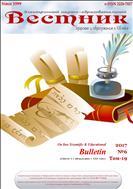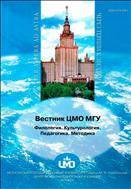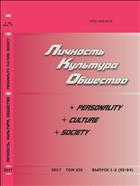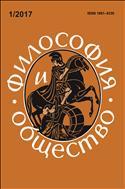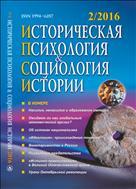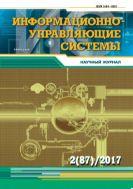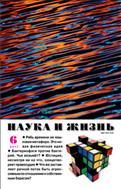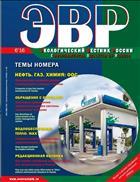Three-dimensional structure of tundra vegetation cover dominated by sedgesThree-dimensional structure of tundra vegetation cover dominated by sedges 
Modelling of radiation transfer through natural multilayer media is relevant for many climatological, hydrological and ecological issues. Te possibility of using the models is determined by the comprehensiveness of the information on the properties and structure of certain layers: ground, vegetation, atmosphere. Tree-dimensional spatial organisation of tundra vegetation cover is understudied compared to vegetation structure of the boreal zone. In the scope of the research, the structure of sedge-tundra vegetation cover in the Nenets Autonomous Area and the Murmansk Region was investigated using specialised hardware-sofware system which allows to take photos of the cover from diferent angles, construct virtual three-dimensional models and obtain the values of parameters characterising the structure. Te feld survey of the sites was carried out in August 2016 and 2017. Phytoelement angle distributions obtained difer from standard erectophile distribution frequently used for modelling orientation of phytoelements in cover formed by grasses/sedges. Te shape of phytoelement angle distribution varies from site to site depending on the dominant species. Experiments on ftting real distributions by diferent functions established that the generalised shape of the distribution in the studied cover is best described by a rotated-ellipsoidal function with a parameter equal to 2.69. Information obtained on the structure of the vegetation cover can be used in modelling microwaves and solar radiation propagation. |
|
18.08.2025Все новости Стартовала подписная кампания на 2026 годОткрыта подписка на 2026-й год на сайте Пресса по подписке |
ПОДПИСКА НА ЖУРНАЛЫ И ГАЗЕТЫ ON-LINE1
Мы используем cookie. Это позволяет нам анализировать взаимодействие посетителей с сайтом и делать его лучше. Продолжая пользоваться сайтом, вы соглашаетесь с использованием файлов cookie.
Подробнее можно ознакомиться на странице политики конфиденциальности и политики обработки персональных данных.
© 2005-2023 Агентство «Книга-Сервис»
107996 Москва
Протопоповский пер. 19, стр.12
E-mail: public@akc.ru









